Đồ chua (Vietnamese pickled carrots and daikon) are versatile and essential condiments in Vietnamese cuisine. In this treat, crunchy carrots and daikon are pickled to perfection in a sweet and tangy vinegar-based solution, creating an addicting flavor.
This simple yet tasty side dish goes exceptionally well with many classic delicacies from Vietnam. In today’s easy-to-follow recipe, I’ll show you how to make đồ chua at home effortlessly. Let’s get started!
The Exciting World Of Vietnamese Pickles
Pickles are an important part of Vietnamese food culture, adding a zest and sweetness to everyday meals. Before getting to the actual recipe, let’s first go through some popular pickled dishes that Vietnamese people enjoy.
First on the list is this recipe made with julienned carrots and daikon bathed in a tangy and sweet vinegar solution. It’s always a big hit when paired with cơm tấm (broken rice), bánh mì, bún thịt nướng (grilled pork with vermicelli noodles), and many more.
Dưa chua (pickled mustard greens) is another one. It’s a must-have food during the Vietnamese Lunar New Year celebration. Locals love dưa chua as a side dish for greasy treats and use it in dishes like roasted pork stir fry and mustard green soup. Cà pháo muối (pickled Thai white eggplants) is also a favorite Vietnamese pickle.
Tools for Preparing Đồ Chua
This section will include all the necessary tools for making Vietnamese pickled carrots and daikon.
Đồ Chua Ingredients
Regarding the ingredients, daikon and carrots are the vegetables of choice. You’ll also need to prepare vinegar and a couple of spices to make the solution.
Directions to Make Đồ Chua
Now that you have all the needed ingredients and tools prepped, let’s get to the fun part: making Vietnamese đồ chua.
Step 1: Marinate The Vegetables
Rinse the carrots and daikon with clean water. Then, peel and slice them diagonally. Next, julienne the vegetables, cutting the carrot sticks thinner than the daikon sticks.
Season the daikon and carrots with 2 teaspoons of brown sugar and 1 teaspoon of salt. Mix well and marinate for 30 minutes. You can use a wooden spoon for this step or mix them with your hands (remember to wear food prep gloves).
Note
Sugar improves the vegetables’ crispness, and salt reduces their pungent smells.
Step 2: Make The Vinegar Solution
In the meantime, place the saucepan on the stove. Add the vinegar and sugar to the pan. Boil the mixture, stirring it with a wooden spoon to dissolve the sugar.
Once done, remove the vinegar solution from the heat and let it cool completely.
Step 3: Rinse The Daikon And Carrots
After 30 minutes, squeeze the vegetables to remove excess liquid. Rinse them 2 to 3 times.
Drain the vegetables.
Pat the daikon and carrots with a clean towel to thoroughly dry them.
After that, put the veggies in a glass jar.
Step 4: Pickle The Vegetables
Pour the vinegar solution into jars. Make sure that the vegetables are fully submerged in the solution. Then, seal the jars and pickle for at least 3 to 4 hours.
Step 5: Serve Your Đồ Chua
Your pickle is ready for serving with other main dishes. Or you can add these flavor-packed vegetables to your salad!
Tips When Making Đồ Chua
Here are some great tips when pickling đồ chua with the best way to store this delicious dish here.
Enhance Any Dish Flavor With Đồ Chua!
Pickled carrots and daikon are vital condiments to complete your Vietnamese meals and an immaculate choice to pair with a wide range of other recipes. Whenever you need something light, tangy, and sweet to balance the flavors, grab your jar of đồ chua and spoon out some!
Please drop a comment below to let me know your thoughts on this Vietnamese recipe and your favorite dishes to enjoy with them. Moreover, kindly give the post a 5-star rating and share it on your social media so more people would know about this Vietnamese classic.
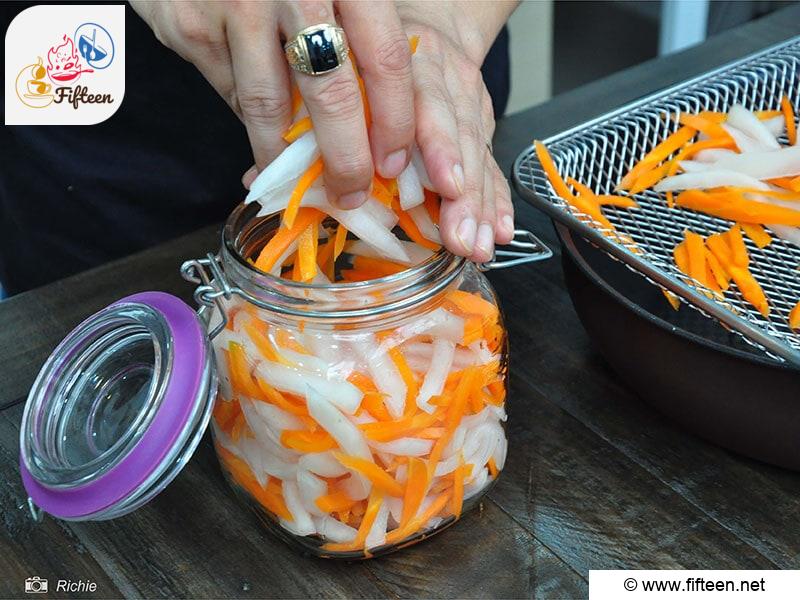
Đồ Chua Recipe (Vietnamese Pickled Carrots And Daikon)
Equipment
- Saucepan
- Knife
- Chopping Board
- Glass Jar
- Mixing Bowl
- Wooden Spoon
- Food Prep Gloves
- Kitchen Towel
Ingredients
- 1.3 pounds daikon
- 0.9 pounds carrots
- 0.5 pounds sugar
- 12 fluid ounces vinegar
- 2 teaspoons brown sugar
- 1 teaspoon salt
Instructions
- Rinse the carrots and daikon with clean water. Peel and slice them diagonally.Julienne the vegetables, cutting the carrot sticks thinner than the daikon sticks.
- Season the daikon and carrots with brown sugar and salt.Mix well and marinate for 30 minutes.
- In the meantime, place the saucepan on the stove. Add the vinegar and sugar to the pan.Boil the mixture, stirring it with a wooden spoon to dissolve the sugar. Once done, remove the vinegar solution from the heat and let it cool completely.
- After 30 minutes, squeeze the vegetables to remove excess liquid. Rinse them 2 to 3 times.
- Drain the vegetables.
- Pat the daikon and carrots with a clean towel to thoroughly dry them.
- After that, put the veggies in a glass pickle jar.
- Pour the vinegar solution into jars. Seal the jars and pickle for at least 3 to 4 hours.
- Enjoy!
Video
Notes
- The total time is enough to make about 10 servings.
- Feel free to adjust the amount of sugar, salt, and even vinegar to your liking.
- You can use a vegetable peeler to quickly julienne the carrots and daikon. However, I prefer not to do this as I find the vegetable sticks a little too thin, which affects the dish’s texture.
- To lengthen the shelf life of your pickles, try to squeeze out as much liquid as you can.
- Some people like to add garlic and chili pepper to their recipe during pickling. You can try doing so if you want to add some spiciness to the dish.
- Always use clean utensils when scooping the pickled vegetables out of the jars.
- To store đồ chua, put the whole jar (sealed) in the fridge. It will last for about 1 month.


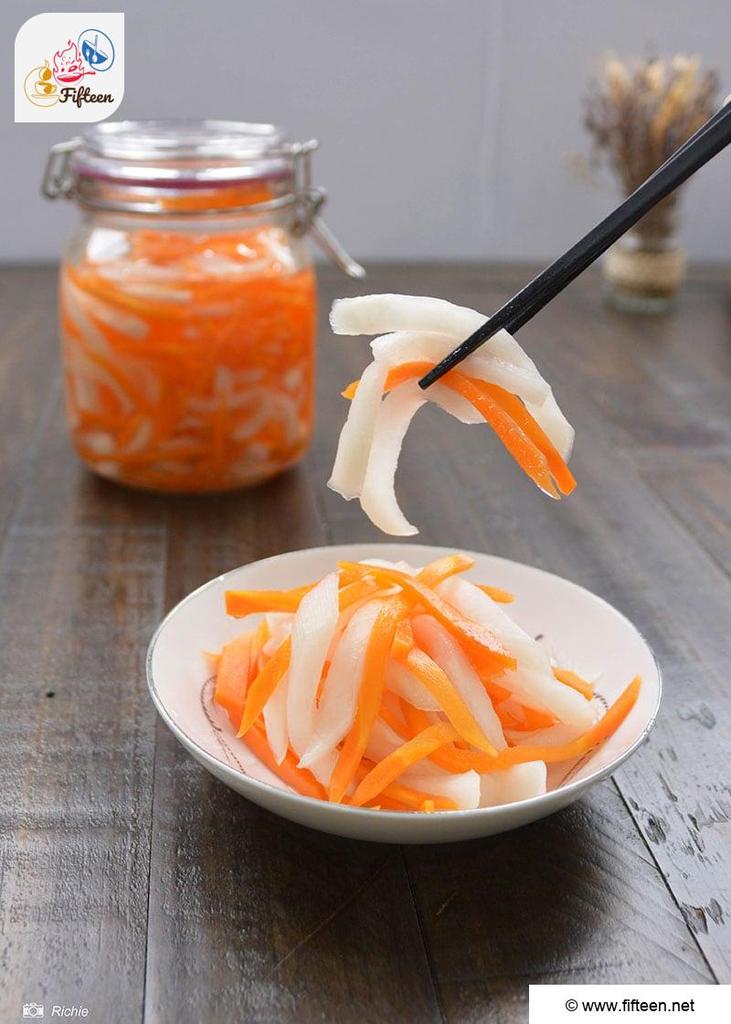
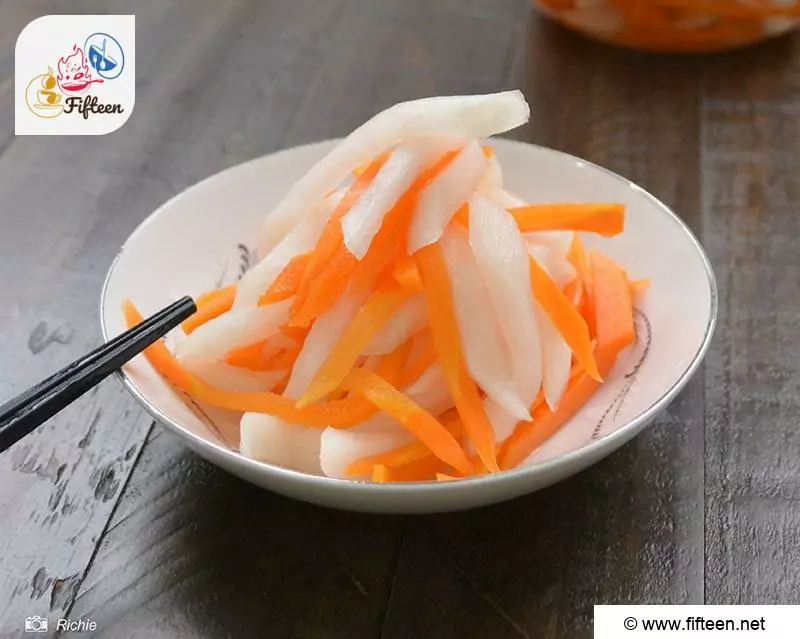
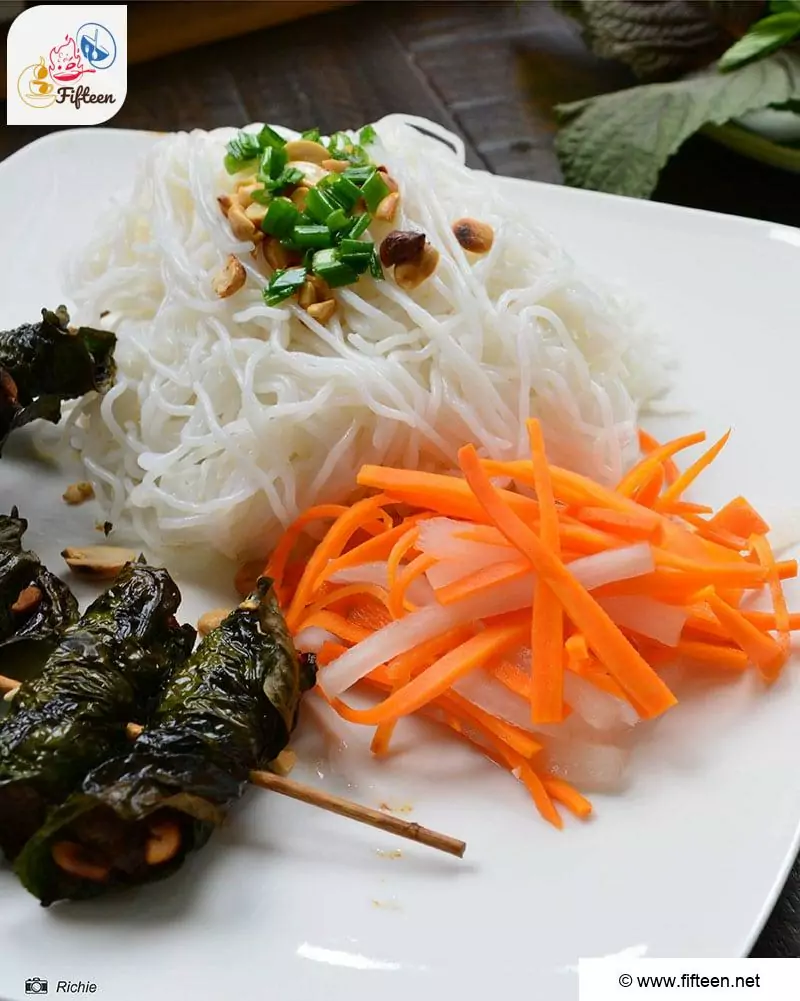
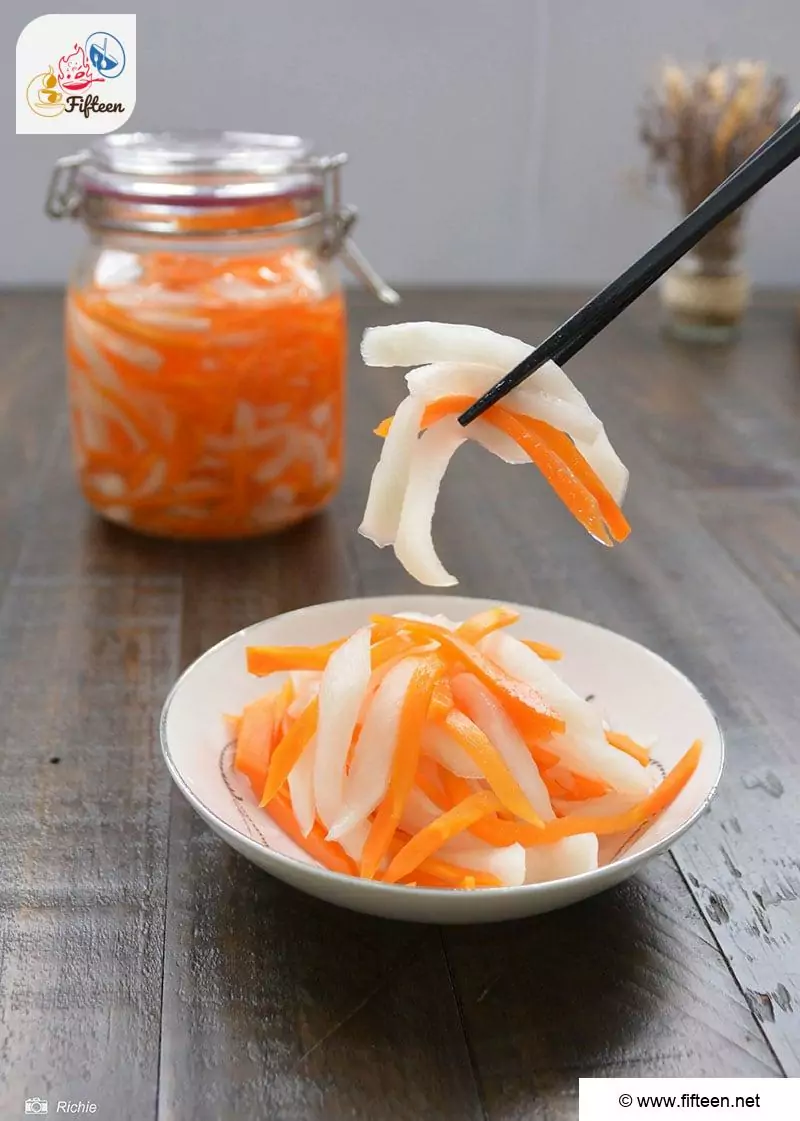
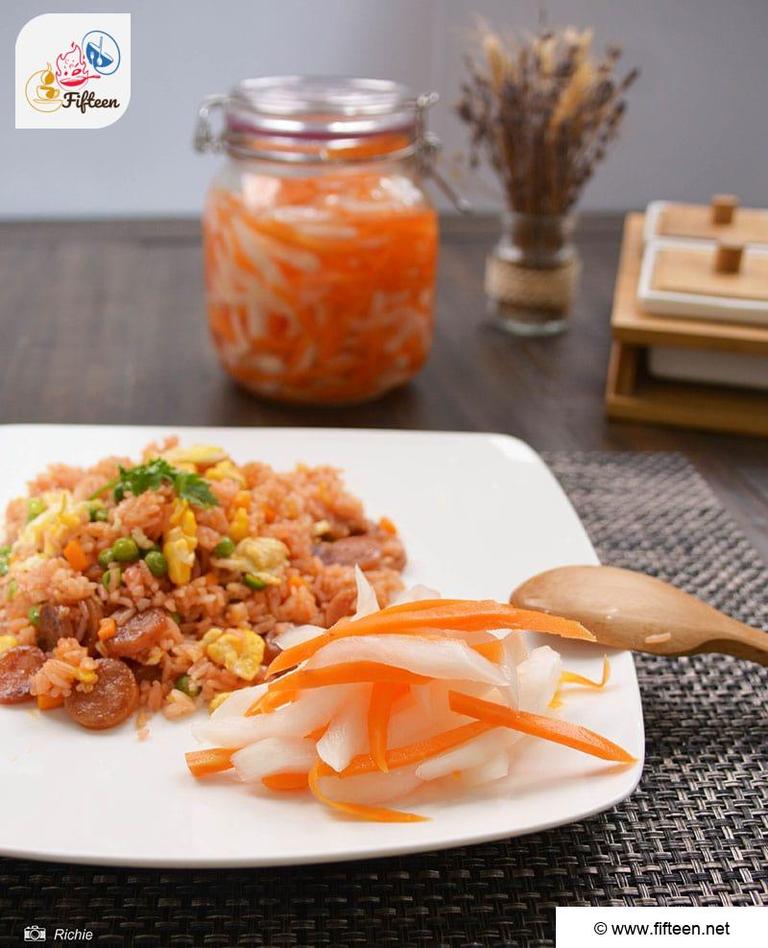
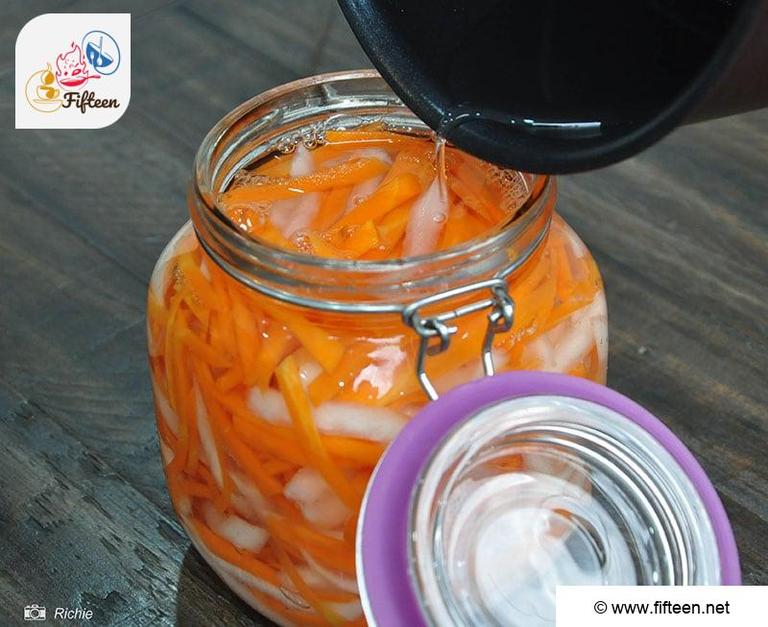
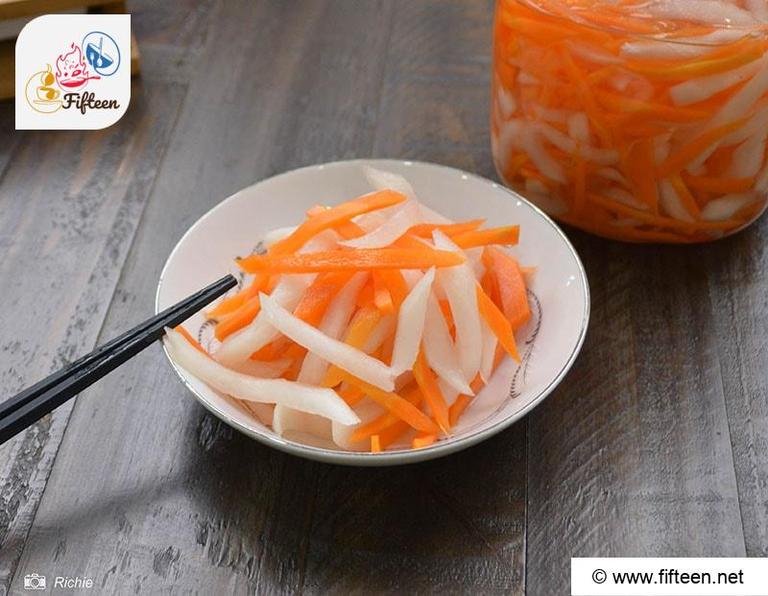
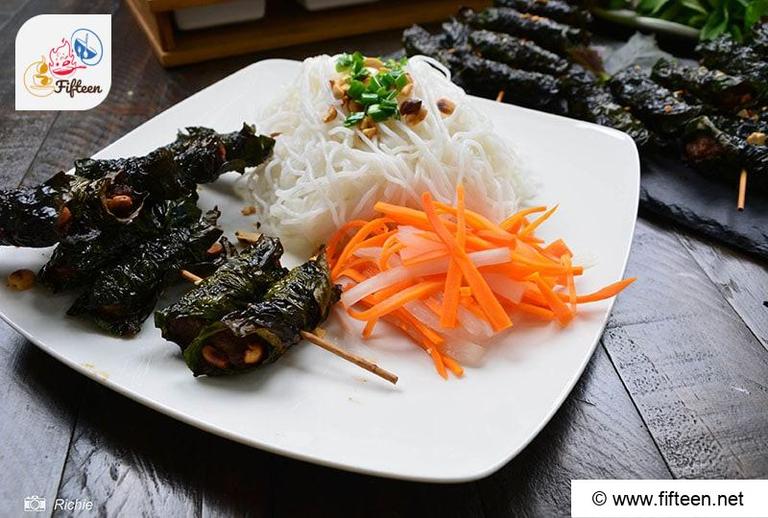
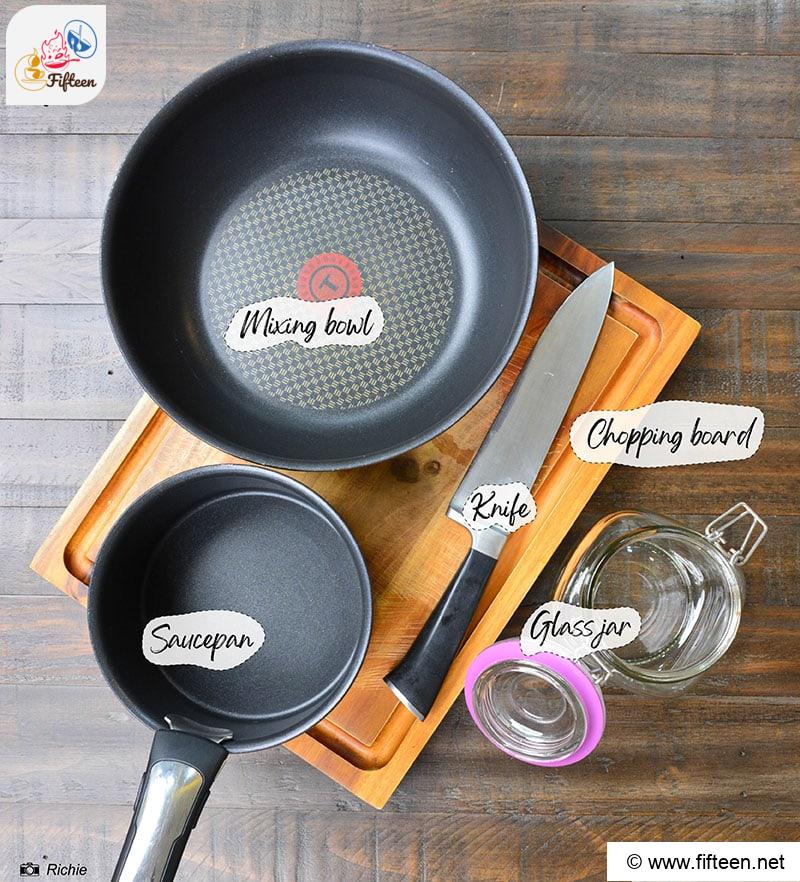
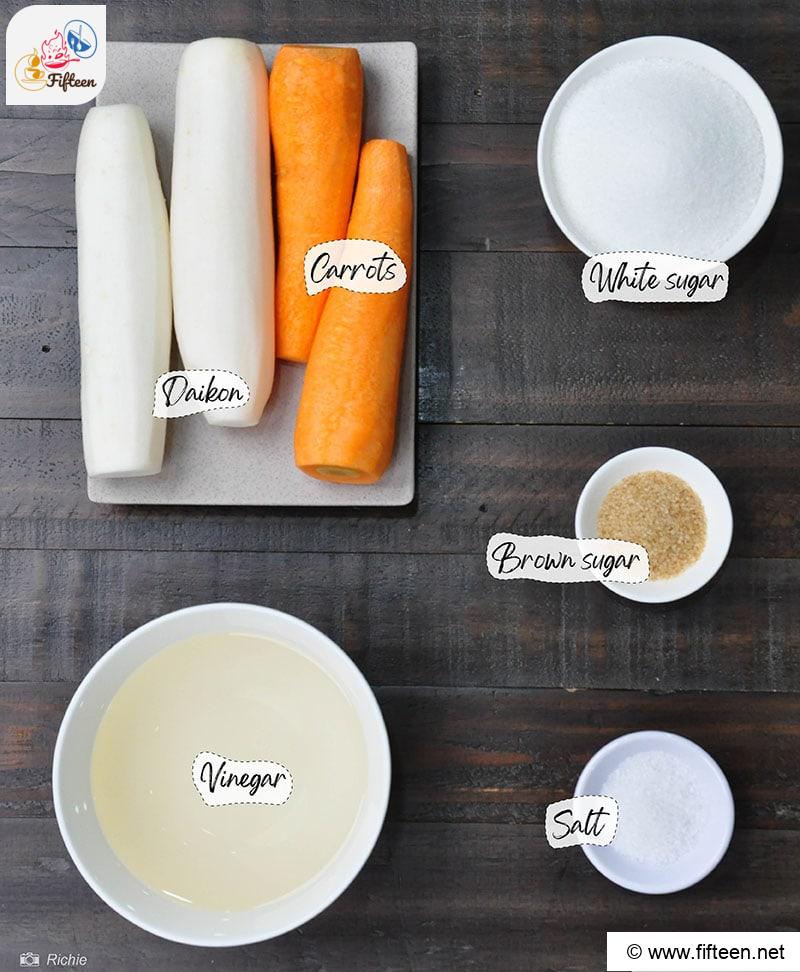
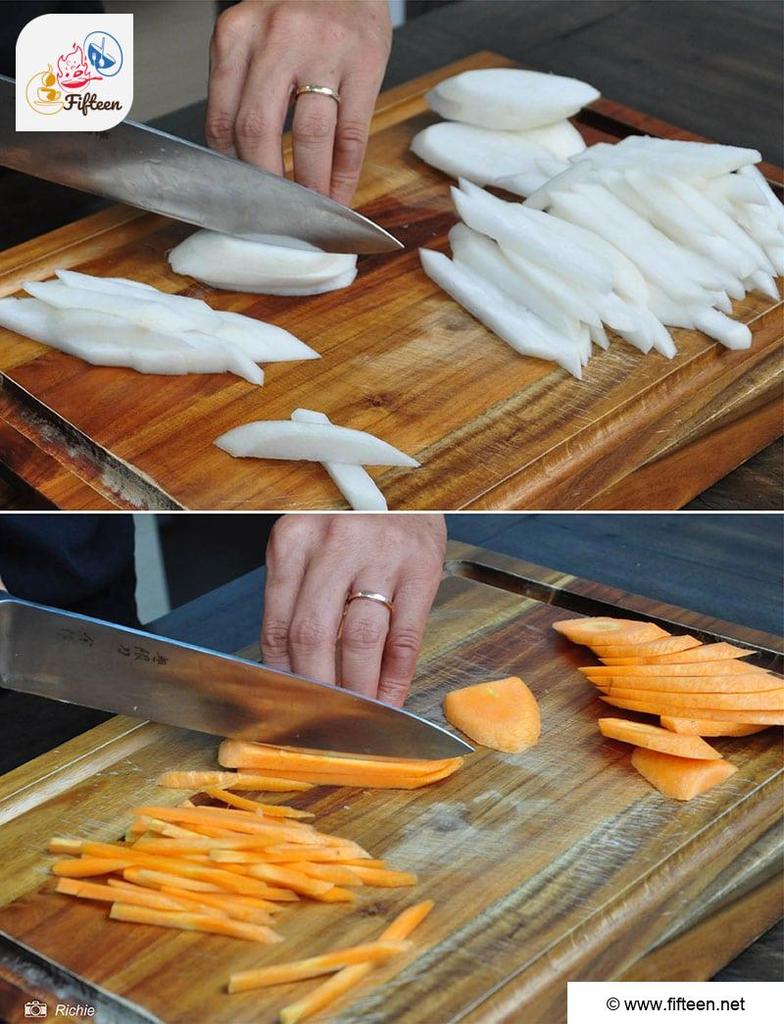
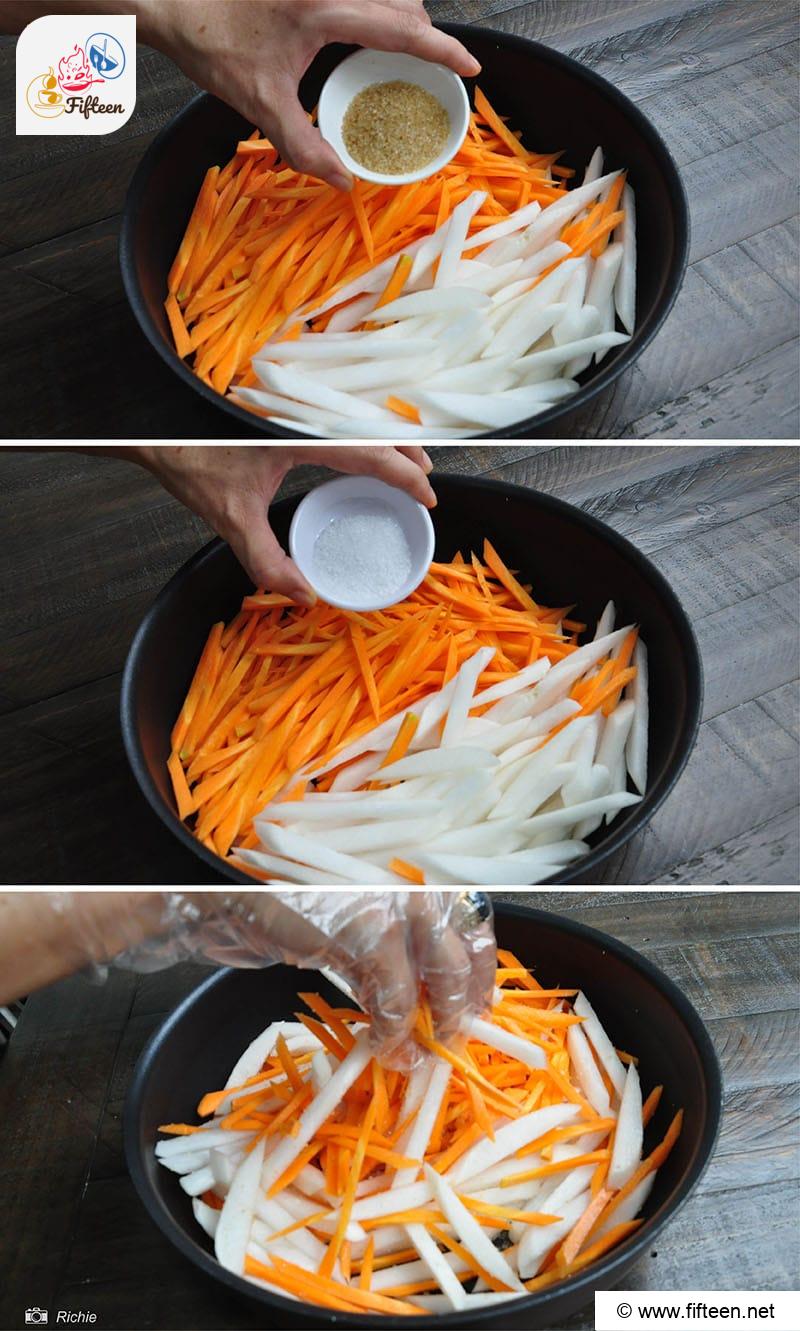
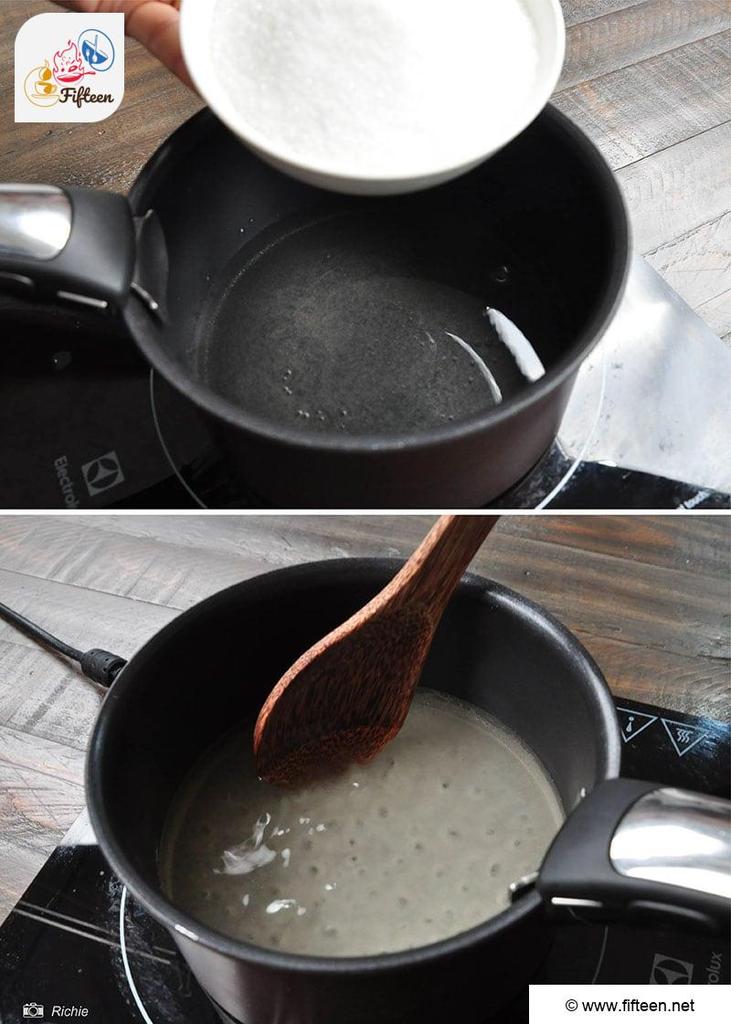
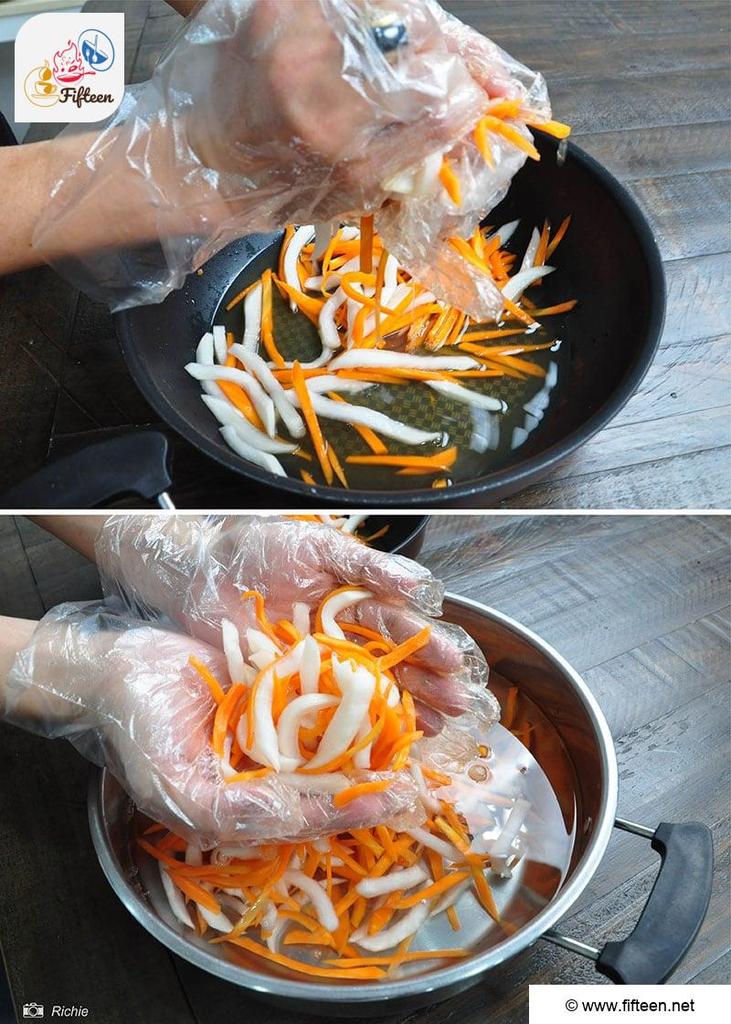
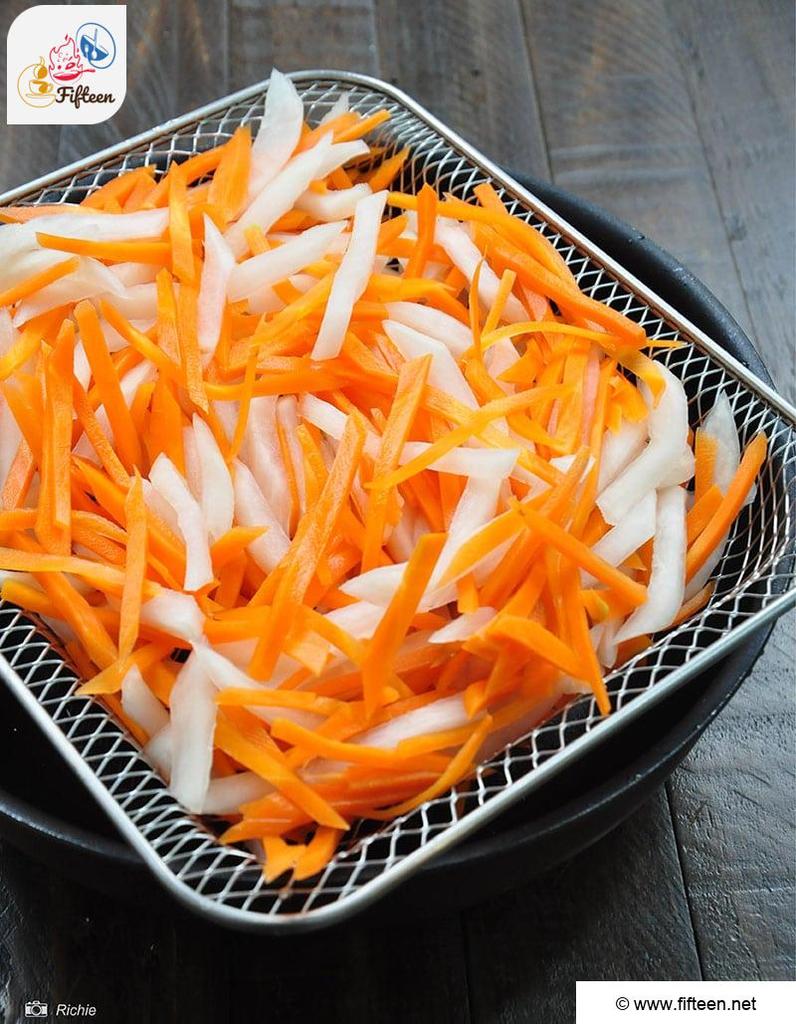
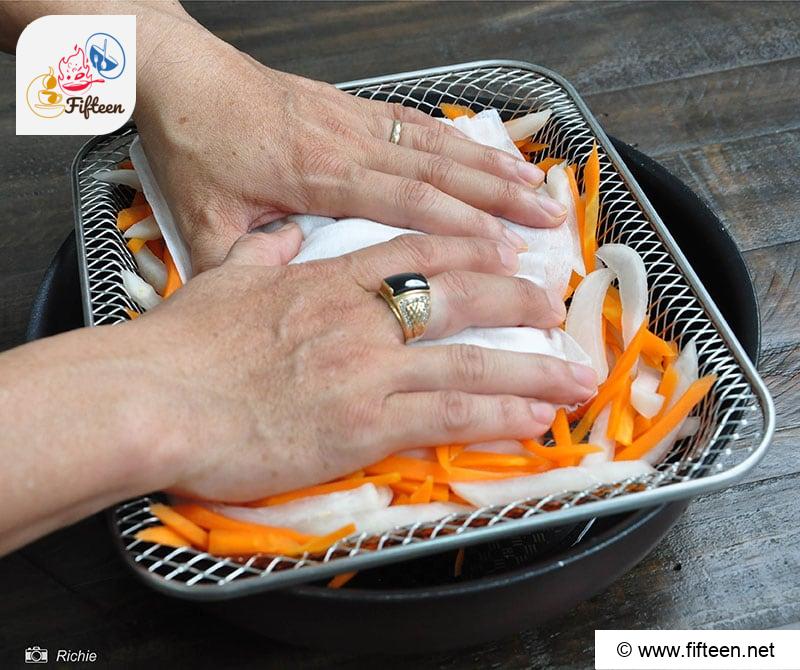
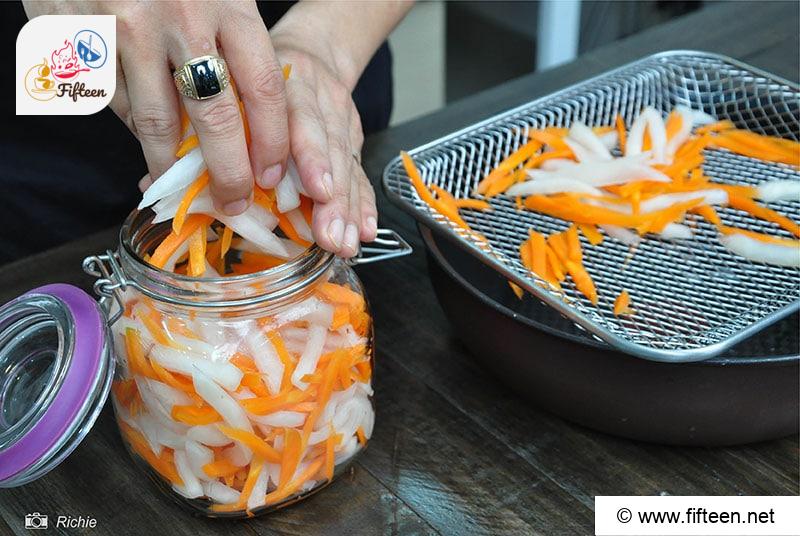
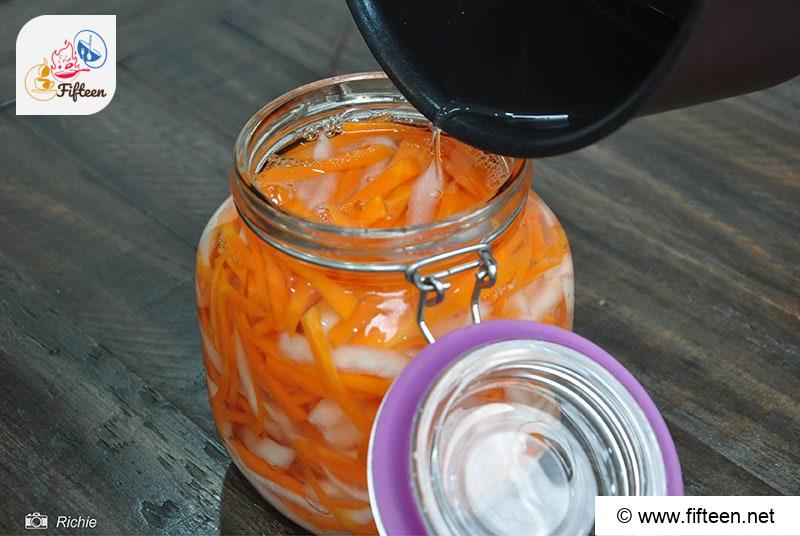
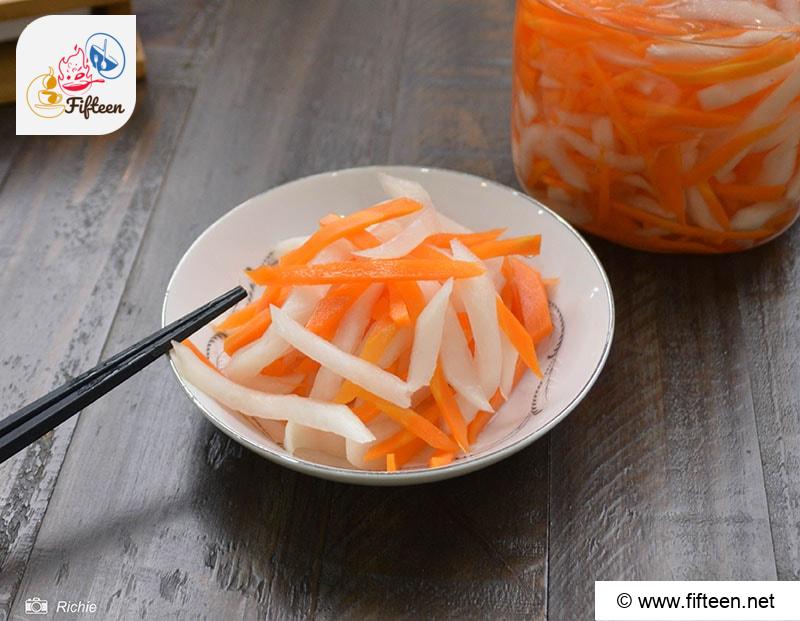
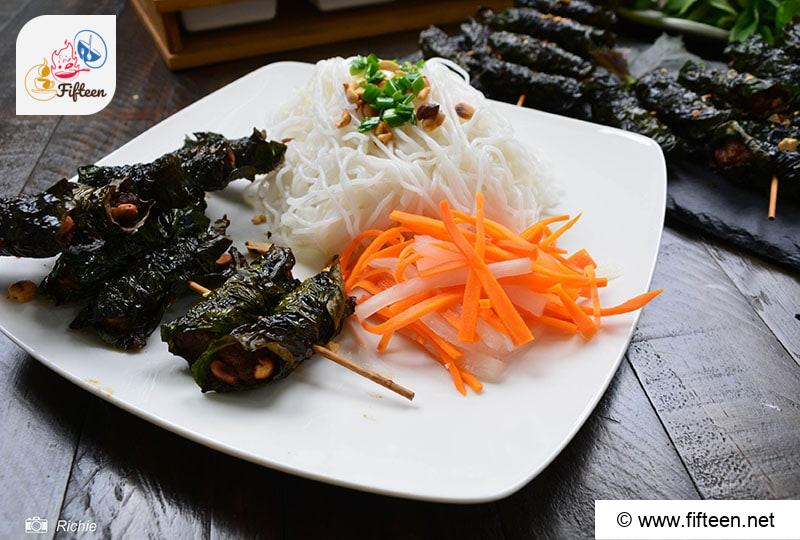
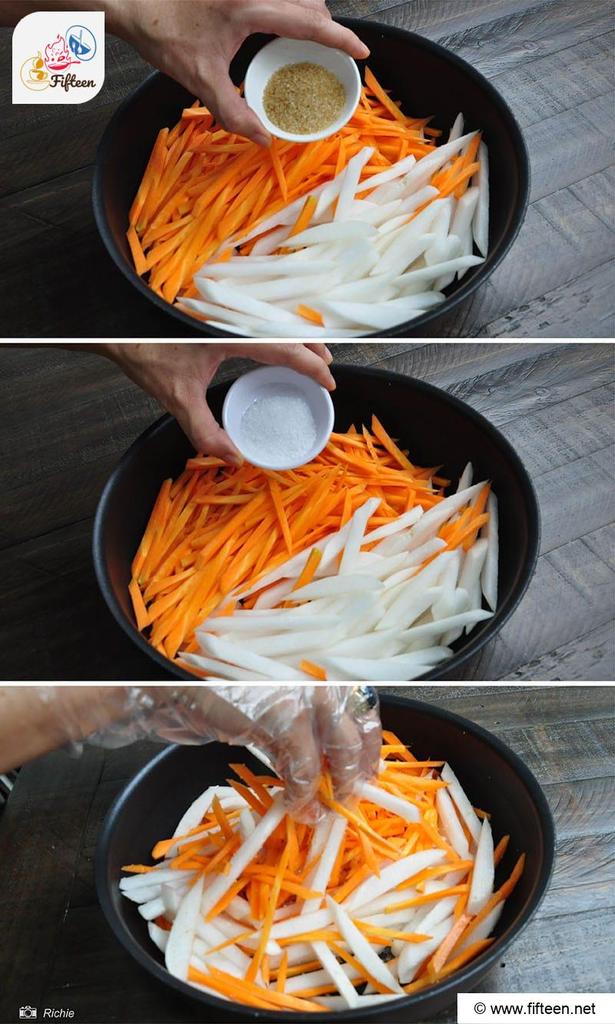
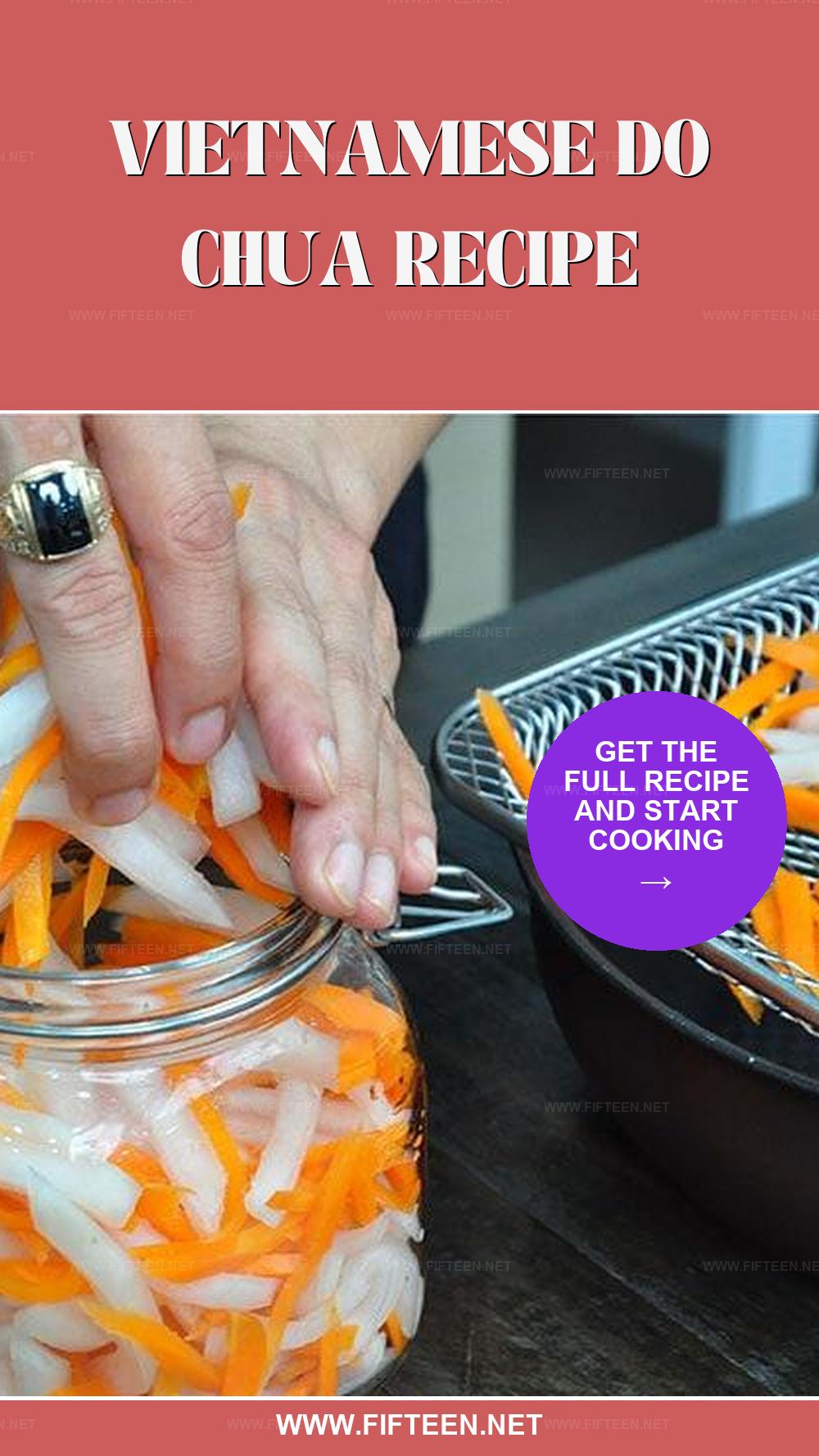
Richie
Content Writer
Expertise
Home Cooking, Meal Planning, Food Styling, Food Photography, Cooking-video Maker, Beverage Evaluation Expert
Education
Saigon Culinary Arts Centre, Ho Chi Minh City, Vietnam
Vietnam Australia Vocational School (VAAC), Hanoi, Vietnam
Richie, based in Ho Chi Minh City, Vietnam, is a dynamic Content Writer with a talent for capturing the essence of culinary art.
Richie specializes in creating visually appealing and tasty content, offering a new angle on Vietnamese and other culinary traditions. With a background in graphic design and a love for food styling and photography, he expertly combines beauty with food narratives, encouraging his audience to discover the culinary world through his imaginative perspective.